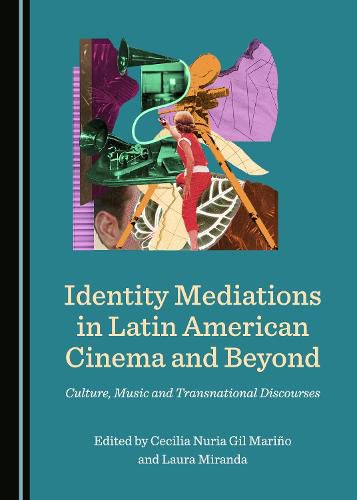Readings Newsletter
Become a Readings Member to make your shopping experience even easier.
Sign in or sign up for free!
You’re not far away from qualifying for FREE standard shipping within Australia
You’ve qualified for FREE standard shipping within Australia
The cart is loading…






The appearance of sound film boosted entertainment circuits around the world, drawing cultural cartographies that forged images of spaces, nations and regions. By the late 1920s and early ‘30s, film played a key role in the configuration of national and regional cultural identities in incipient mass markets. Over the course of the twentieth and early twenty-first centuries, this transmedia logic not only went unthreatened, but also intensified with the arrival of new media and the development of new technologies. In this respect, this book strikes a dialogue between analyses that reflect the flows and transits of music, films and artists, mainly in the Ibero-American space, although it also features essays on Soviet and Asian cinema, with a view to exploring the processes of configuration of cultural identities. As such, this work views national borders as flexible spaces that permit an exploration of the appearance of transversal relations that are part of broader networks of circulation, as well as economic, social and political models beyond the domestic sphere.
$9.00 standard shipping within Australia
FREE standard shipping within Australia for orders over $100.00
Express & International shipping calculated at checkout
The appearance of sound film boosted entertainment circuits around the world, drawing cultural cartographies that forged images of spaces, nations and regions. By the late 1920s and early ‘30s, film played a key role in the configuration of national and regional cultural identities in incipient mass markets. Over the course of the twentieth and early twenty-first centuries, this transmedia logic not only went unthreatened, but also intensified with the arrival of new media and the development of new technologies. In this respect, this book strikes a dialogue between analyses that reflect the flows and transits of music, films and artists, mainly in the Ibero-American space, although it also features essays on Soviet and Asian cinema, with a view to exploring the processes of configuration of cultural identities. As such, this work views national borders as flexible spaces that permit an exploration of the appearance of transversal relations that are part of broader networks of circulation, as well as economic, social and political models beyond the domestic sphere.